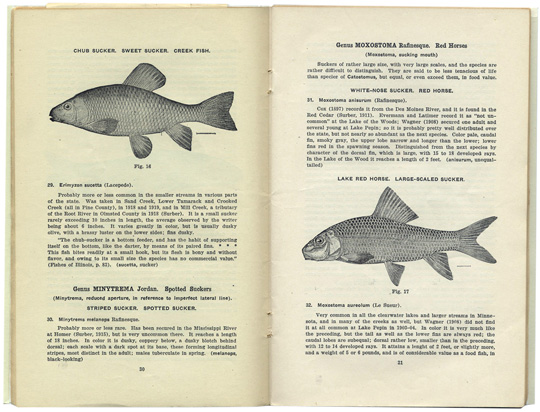 Most years maple sap season is in full swing about now. After a week of record high temperatures, it is time to pull the taps from the trees. This photograph was taken a month ago. The river never did completely freeze over: that dark-colored ribbon off the nose of Point-No-Point is open water. The little black specs next to it are fish houses. It is remarkable that no one went through the ice.
Most years maple sap season is in full swing about now. After a week of record high temperatures, it is time to pull the taps from the trees. This photograph was taken a month ago. The river never did completely freeze over: that dark-colored ribbon off the nose of Point-No-Point is open water. The little black specs next to it are fish houses. It is remarkable that no one went through the ice.
 A good deal of progress was made on the text of The River. Using a diverse array of resources, from Google Books to The Minnesota Historical Society Library, I was able to string together a series of excerpts beginning with Hennepin’s account of entering Lake Pepin in 1680, and ending with Twain’s sobering account of the river loosing all “romance and beauty” once he’d come to know it from the point of view of a steam boat captain. My investigation took me through early Fish and Game Department documentation about the fish and mussel populations in the lake, and also lead to the solution of an interesting taxonomic puzzle regarding the Shorthead Redhorse (Moxostoma macrolepidotum, aka Moxostoma aureolum). The above spread is from a computer-generated dummy of The River. The image you see, of the Redhorse, is from Thaddeus Surber’s catalog of Minnesota fishes in 1920.
A good deal of progress was made on the text of The River. Using a diverse array of resources, from Google Books to The Minnesota Historical Society Library, I was able to string together a series of excerpts beginning with Hennepin’s account of entering Lake Pepin in 1680, and ending with Twain’s sobering account of the river loosing all “romance and beauty” once he’d come to know it from the point of view of a steam boat captain. My investigation took me through early Fish and Game Department documentation about the fish and mussel populations in the lake, and also lead to the solution of an interesting taxonomic puzzle regarding the Shorthead Redhorse (Moxostoma macrolepidotum, aka Moxostoma aureolum). The above spread is from a computer-generated dummy of The River. The image you see, of the Redhorse, is from Thaddeus Surber’s catalog of Minnesota fishes in 1920.

The image looked familiar to me, and it turns out that, while living in a warehouse in Saint Paul Minnesota back in the late 1970’s, I had proofed the block actually used in the printing of Surber’s catalog. It was kept, along with over 30 others, in an old metal tackle box, now in my possession. I plan to print them all, as one of a number of “appendices”, in the back of the book.

I am currently in the middle of printing the Redhorse image. Two colors have been printed, and I’m re-cutting the blocks for the next two colors. Here I am drawing on the two colors already printed to see how I might approach re-cutting the key block. To see a detailed description of the “reduction cutting” process, click.
